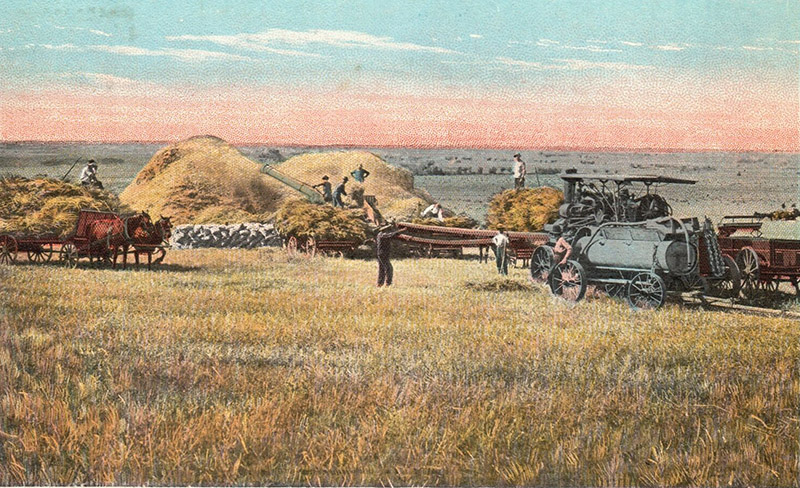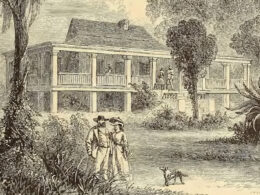From The Great Gatsby and Related Stories

By the time F. Scott Fitzgerald turned 27 years old, he had begun work on the novel that would become The Great Gatsby, although nearly all of what he wrote during the summer of 1923—a story with a “Catholic element” set in the late 1800s—was abandoned in favor of “a new angle.” Fitzgerald salvaged a portion of the discarded material, however, and published it as a story, “Absolution,” which has long been considered one of his best.
The setting is a small town in the Red River Valley along the Minnesota-Dakota border, worlds away from the Jazz Age revelries of Jay Gatsby’s New York. The story is deceptively simple: A young boy who has committed “a terrible sin” seeks forgiveness from a parish priest plagued by doubts and loneliness. When asked by a reader what it meant, Fitzgerald replied, “The priest gives the boy a form of ‘Absolution’ (not of course sacramental), by showing him that he (the priest) is in an even worse state of horror and despair.”
Fitzgerald began afresh on the novel and in October 1924 delivered the manuscript for The Great Gatsby, which was published the following April. He and his publisher had expected it to do even better than his first two novels, which were best sellers, but Gatsby sold fewer than 20,000 copies and unsold books were still moldering in a warehouse in 1944, when it sold 120. All that changed in the fall of the following year, when the Council on Books in Wartime—a group of publishers, booksellers, librarians, and authors—printed 155,000 copies of The Great Gatsby to distribute free to American soldiers fighting overseas. The novels proved popular with the young men away from home, and more than a million troops read it. Back home, led by Edmund Wilson, critics reconsidered the literary merits of the novel in a far more favorable light. By 1960, it was selling 100,000 copies a year.
One of the librarians who worked for the Council in 1944 and 1945 was John Jamieson, a Fitzgerald fan who had corresponded with the author in the 1930s and who very probably played a role in the decision to create the Armed Services Edition of The Great Gatsby. Coincidentally, one of the letters Jamieson received from Fitzgerald a decade earlier is the source of the persistent belief that “Absolution” is the deleted prologue from the novel, describing Jay Gatsby’s childhood. For this week’s Story of the Week selection, then, we present “Absolution,” along with an introduction explaining more fully how the story came to be and why its connection to the final novel is more tenuous than some critics and writers have suggested.



